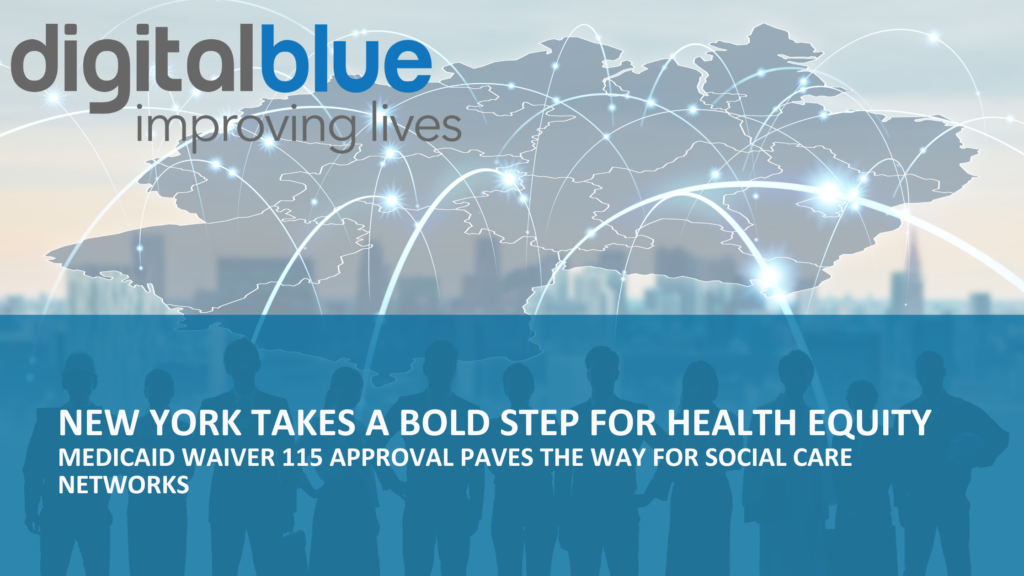
On November 9th, 2024, Governor Kathy Hochul announced a significant victory in the fight for health equity and improved access to care. The Centers for Medicare & Medicaid Services (CMS) has approved an amendment to New York State’s Medicaid section 1115 waiver, unlocking a powerful tool to tackle health disparities.
This amendment represents a shift in how New York will deliver Medicaid services. It is set to enable the establishment of Social Care Networks, a novel approach that integrates health, behavioral, and social care services under one umbrella- benefitting from a coordinated network of providers working together to address their overall needs rather than their immediate medical issues alone. CMS has invested $6billion in grants towards establishing these social care networks.
The focus extends beyond traditional healthcare to encompass the social drivers of health – the social and economic factors that significantly impact our well-being. Social Care Networks will connect members to vital resources like housing assistance, food security programs, and transportation, tackling the upstream causes of poor health instead of simply waiting for downstream problems to arise.
This is a game-changer for underserved communities who disproportionately face health disparities. By addressing the broader context of their health, Social Care Networks have the potential to improve health outcomes, reduce healthcare costs, and empower individuals to live healthier lives.
The Promise of Social Care Networks:
Imagine a web of healthcare providers – doctors, nurses, social workers, home care agencies – seamlessly connected with real-time patient needs and intervention data. This is the power of social care networks. By sharing information, providers can deliver coordinated, holistic care, reducing duplication of services and improving efficiency.
Medicaid Redesign and the Data Puzzle:
New York’s redesign hinges on two key pillars: managed care and value-based payments. Managed care organizations (MCOs) will now hold the purse strings, responsible for service delivery and controlling costs—value-based payments reward providers for achieving positive health outcomes rather than simply counting procedures.
But here’s the catch: MCOs need a clear picture of the patient’s entire healthcare journey, not just the snippets they see within their walls to achieve these goals. This is where data aggregation comes in.
Data Aggregation: The Key to Unlocking Potential:
By aggregating data from across social care networks, organizations gain valuable insights:
- Identifying gaps in care: Uncover unmet needs and prevent potentially costly hospitalizations. Identifying 10% of high-risk patients can reduce healthcare costs by up to 30%
- Coordinating interventions: Ensure seamless transitions between providers and avoid conflicting treatments.
- Proactive care management: Predict and prevent health problems before they escalate.
- Performance measurement: Track outcomes and adjust care models for optimal effectiveness.
The Bottom Line:
New York’s Medicaid redesign is promising to improve care and reduce costs. But its success hinges on one crucial factor: building a robust network of interconnected data. By prioritizing data aggregation within social care networks, New York can truly pave the way for a healthier, more efficient future for its Medicaid population, which amounts to more than 7.7 million people. Since Identifying 10% of high-risk patients can reduce healthcare costs by up to 30%, this can lead to significant savings for Medicaid.

